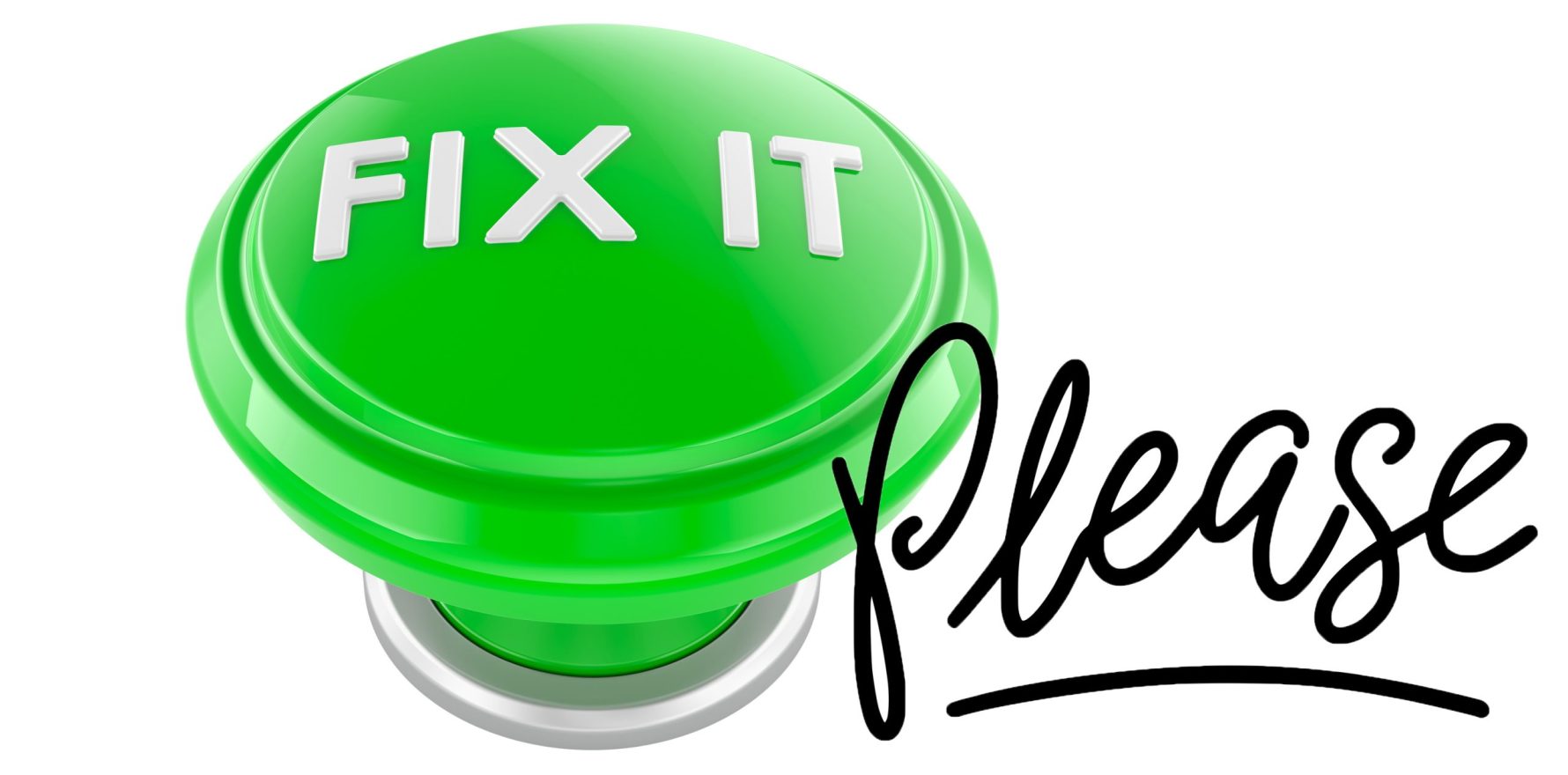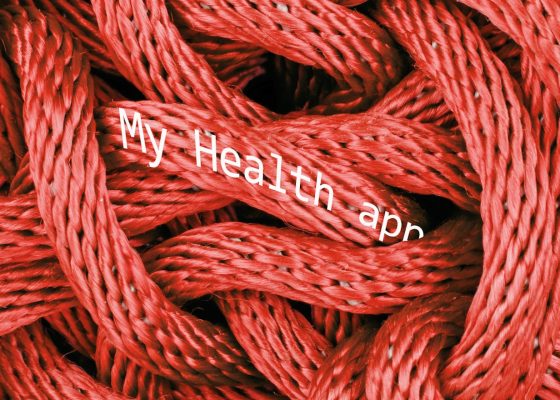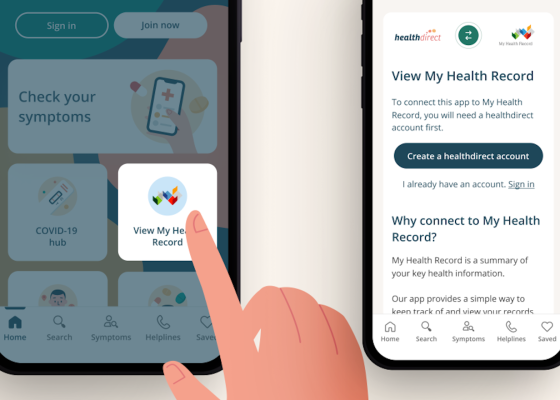First impressions are crucial. Many Australians are being put off by the initial experience of trying to get an MHR up and running. We’re falling at the first hurdle.
Earlier this week I undertook the Herculean, nay, Sisyphean task of trying to connect my MHR to the My Health app on my smartphone.
You can read about the longest 75 minutes of my life here.
When I told my Moose Republic colleagues that morning that I was going to attempt this feat I was met with knowing laughter and derision.
Not one of them – and they are a health literate, and digitally literate, lot – had managed to get through the process.
“Cannot be arsed,” said one. “Gave up before I lost my mind,” said another. “I’ve tried a few times and given up each time,” said a third.
They’re not alone. Associate Professor Berne Gibbons, a board director with Standards Australia and chief strategy officer of InfoMedix, quipped at the AIDH’s HIC2025 conference in Melbourne recently that:
“To get into your My Health Record, you just about have to give away one of your firstborn. Please, Russians would not be able to get through that.”
She’s not wrong.
The tragedy is, that opening experience of trying to set up an MHR, and downloading and linking the My Health app to it, not only stops people using the MHR, it taints their opinion and perception of it forever more.
First impressions are crucial, and the fact is – and it pains me to say it – the user experience of all five portals (FIVE!!) needed to get set up – myGov, My Health Record, myID, My Health app, and the MHR telephone helpline – is abysmal. Not just clunky, but badly designed, poorly explained, and clearly made for, and by, people with digital literacy.
Joe Public is not that person.
Related
Joe Public just wants his medication list, his immunisation history, his hospital records and GP encounters a thumb-click away on his smartphone.
That’s it. Provide that, quickly and easily, and you have cracked the code of getting the public onboard with everything else that needs to be done to make Australia’s healthcare system totally interoperable.
The good folk at the Australian Digital Health Agency gave me some very handy stats about the My Health app yesterday (thanks team!):
- There have been 712,366 downloads of the app since it launched in 2023;
- The average number of active daily users over the past six months in 10,525, 11,688 over the past 28 days, and 11,804 in the past seven days;
- There have been 23.03 million pageviews over the past six months, 3.87 million over the past 28 days, and 976,000 over the past seven days.
There’s also this:

Of the total pageviews from the past seven days, the top five pages were:
- Scans and test results: 153,643
- Pathology report (overview): 130,193
- Pathology report (PDF): 122,549
- Test results: 88,109
- Electronic prescriptions: 73,472
Despite the lovely lady from the MHR helpline telling me that the My Health app was not worth downloading because it was “glitchy”, my experience of it, post-setup, has been nothing but good.
- My medicines history – every instance of a med being dispensed is there and includes automatic uploads from Services Australia; and it includes meds I have manually uploaded to MHR.
- Electronic prescriptions will be there as soon as I register for the Active Script List at my local pharmacy.
- My complete immunisation history is there, including a notification that I will be eligible for a free Zoster jab on my 65th birthday.
- There are no documents in there yet – either because my providers are not connected to MHR (what??) or because I haven’t told them to upload my documents to MHR. I’ll do that the next time I see them.
- There’s a symptom checker which connects me directly to Healthdirect’s online checker.
- There’s a health services finder which uses my smartphone’s location to find what I need. For example, there are 30 GP practices within 9km of my home. How lucky am I to live somewhere with that many GPs?
- There’s a list of available helplines, including Healthdirect, the National Relay Service, mental health services, and the MHR helpline.
- And of course, there are scans and test results, allergies and reactions, medical history and advance care planning.
It’s a very good thing, albeit still requiring some manual work from me to get it fully operational.
But in the words of a senior interoperability expert to me this morning: “Holy shit, we’ve got a lot of work to do.”
Yes, yes we do. And a large chunk of that work needs to be done with Joe Public sitting at our shoulder, saying “make it simple”.
Otherwise, we’ve lost the first battle in a long war.
Have a good weekend, everyone. I’m off to Canberra for some more jabber-jabber.




